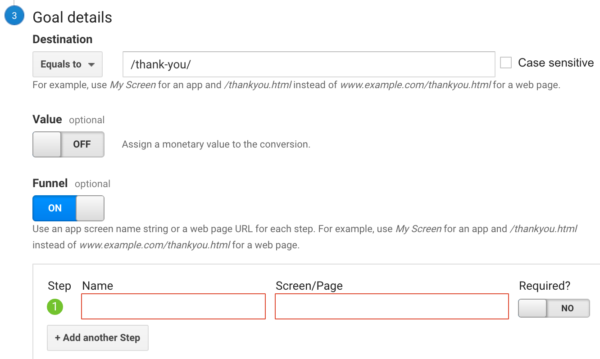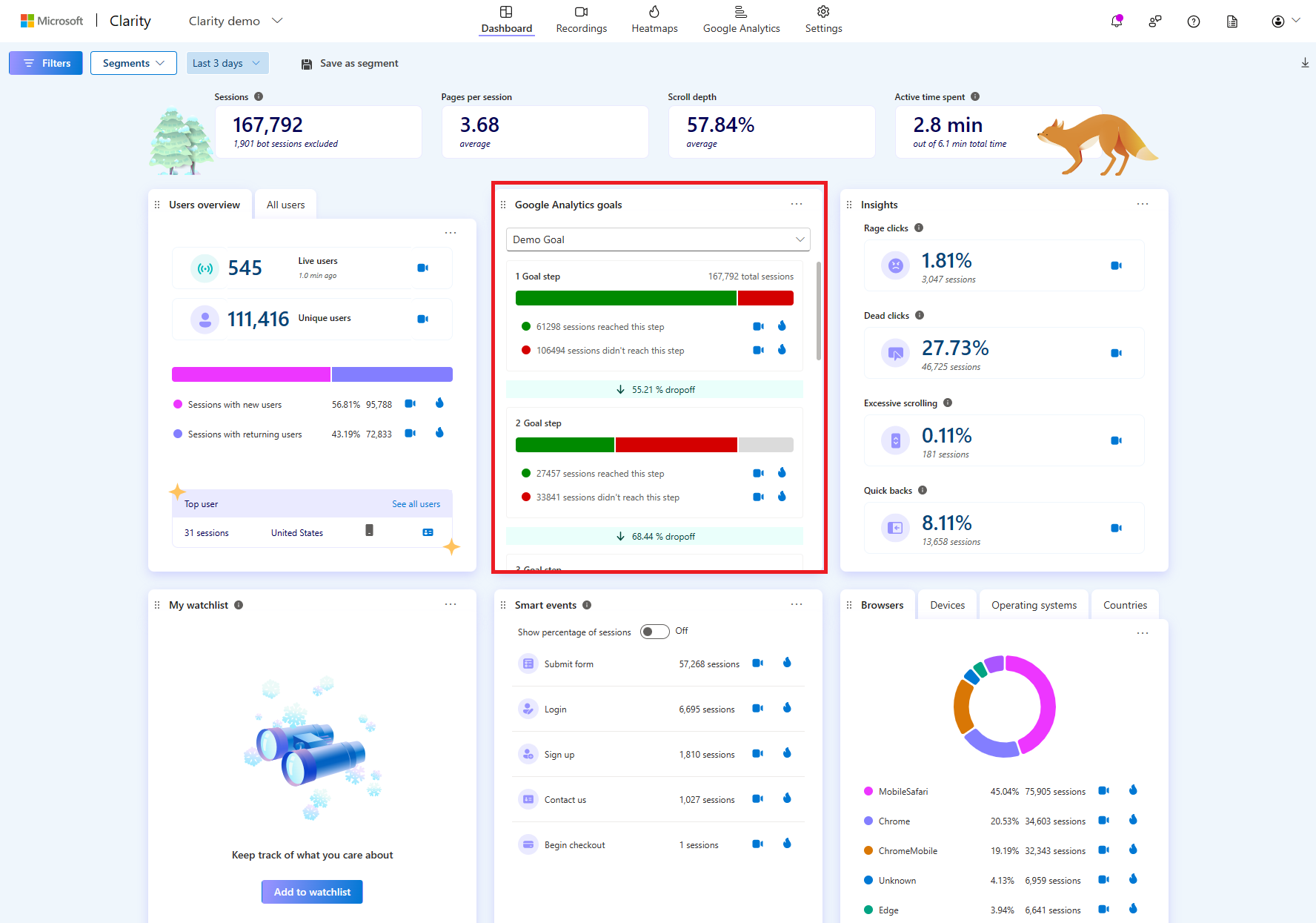Understanding What Data Is Google Analytics Goals Unable to Track
Wiki Article
Debunking Google Analytics Limitations: Uncover What Data Goals Can not Track
In the world of electronic analytics, Google Analytics stands as a powerful tool that supplies useful understandings right into internet site performance and customer behavior. From the intricacies of user communication with vibrant web content to the intricacies of cross-device individual trips, these limitations shed light on locations that may stay obscured from conventional analytics point of views.
Customer Communication With Dynamic Content
User interaction with dynamic content plays an essential duty in recognizing customer habits on web sites and maximizing the general customer experience. By tracking user interactions with dynamic material, site owners can acquire important understandings right into user interaction, preferences, and behaviors - what data is google analytics goals unable to track.Google Analytics supplies numerous devices to track individual interactions with dynamic material, such as occasion monitoring and digital pageviews. Event monitoring permits you to keep an eye on certain individual activities, like clicking a button or watching a video, supplying information on how individuals engage with vibrant aspects.
Cross-Device Individual Journeys
How can modern-day analytics devices track the complex courses customers take across numerous devices in their on-line journeys? Cross-device user journeys provide a significant obstacle for tracking and examining user actions accurately. As users communicate with sites or applications using numerous devices such as tablet computers, desktops, and smart devices, it ends up being critical to comprehend how they move in between these platforms to optimize individual experience properly.Google Analytics faces restrictions in tracking cross-device customer journeys due to privacy concerns and technological restraints - what data is google analytics goals unable to track. While it can provide insights right into specific devices' interactions, tracking a seamless user journey throughout several tools remains a difficulty. This limitation can lead to incomplete data and fragmented customer understandings, making it tough for companies to develop a unified view of the customer journey
To address this concern, businesses can use innovative analytics devices that use cross-device tracking abilities, enabling them to get a much more all natural understanding of user habits. By leveraging these devices, organizations can connect the space in tracking cross-device customer journeys and enhance their digital strategies for a seamless user experience.
Offline Conversions and Acknowledgment
As services browse the challenges of tracking cross-device individual trips, one more crucial aspect to consider is the world of offline conversions and attribution in the world of information analytics. While Google Analytics offers beneficial insights into online individual behavior, it drops short when it concerns tracking conversions that happen offline. This limitation presents a significant obstacle for organizations that have both online and offline sales channels.Offline conversions, such as purchases made in physical stores or via call facilities, are necessary to recognizing the full customer trip. Without the capacity to connect these offline conversions to certain online interactions, services might battle to accurately determine the effect of their digital advertising initiatives.
To resolve this gap, organizations can discover different remedies such as incorporating CRM systems with on-line analytics devices or making use of distinct promotion codes that can be mapped back to on the internet campaigns. By bridging the space between online and offline data, companies can get a more detailed understanding of their consumers' behavior and boost their general advertising and marketing techniques.
Individual User Recognition
In the realm of information analytics, the capability to accurately identify specific customers across numerous on the internet touchpoints is a critical obstacle for organizations looking for to customize and maximize their advertising and marketing methods. While Google Analytics supplies useful insights into individual habits and communications, it falls short in enabling the identification of details people due to personal privacy worries and technical limitations. Google Analytics utilizes special identifiers such as cookies to track individual sessions and habits, but these do not relate to recognizing specific customers in an individual feeling.
Data From Secure Pages
Regardless of the raising frequency of safe and secure web pages on websites, acquiring information visit the site from these encrypted sources presents an unique difficulty for digital analytics systems like Google Analytics. Safeguard web pages, indicated by HTTPS in the URL, secure information traded between the customer's internet browser and the site's server to make sure personal privacy and safety. While this encryption is crucial for protecting delicate information, it also poses limitations for tracking individual habits and celebration analytics information.Google Analytics faces obstacles in collecting thorough info from safe web pages because of the encryption protocols in position. Therefore, specific information factors such as recommendation sources, keyword searches, and even some customer interactions might not be totally caught when customers access an internet site with a safe connection. This limitation can influence the precision and completeness of the data evaluation, bring about gaps in understanding individual actions and choices on protected pages.
To browse this challenge, digital analysts might require to discover alternate monitoring approaches or take advantage of various other tools particularly designed to gather insights from safe pages. By adjusting techniques to suit these constraints, organizations can still acquire important analytics regardless of the constraints provided by encrypted connections.
Verdict
In conclusion, Google Analytics has restrictions in tracking customer interaction with vibrant web content, cross-device individual journeys, offline conversions, private customer identification, and data from safe web pages. Despite its important insights, Google Analytics may not provide a total picture of user interaction throughout different touchpoints.Individual interaction with dynamic web content plays a crucial function published here in recognizing customer actions on internet sites and optimizing the general user experience. By tracking customer interactions with dynamic web content, internet site proprietors can gain valuable understandings into individual interaction, preferences, and actions.
Google Analytics utilizes one-of-a-kind identifiers such as cookies to track customer sessions and check this behavior, yet these do not relate to determining private users in an individual sense.
As an outcome, specific information factors such as reference resources, keyword searches, and also some customer interactions might not be totally caught when individuals access a web site through a safe and secure connection.In conclusion, Google Analytics has constraints in tracking individual communication with vibrant material, cross-device individual journeys, offline conversions, specific customer recognition, and information from safe web pages.
Report this wiki page